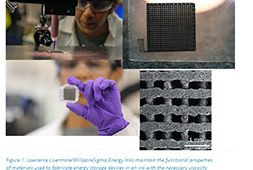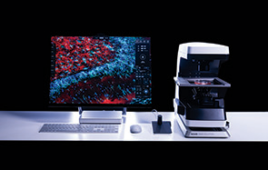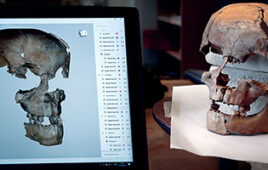Preeclampsia is a pregnancy complication involving the placenta that can be serious — even fatal — for the mother or fetus. The only effective treatment option is premature delivery. Now for the first time, scientists have bioprinted a 3D model of placenta tissue that mimics the organ’s complex structure. The model, reported in the journal ACS Biomaterials Science & Engineering, could lead to a better understanding of preeclampsia and the development of new treatments.
During pregnancy, the placenta plays the critical role of nourishing the fetus. Special cells called trophoblasts contribute to the fetal side of the placenta and interlace with the mother’s side of the tissue. Some studies suggest that in preeclampsia — which affects about 3 to 5 percent of all pregnancies in the U.S., according to the National Institutes of Health — trophoblasts don’t migrate normally. Investigating why this happens is a major challenge. Placenta tissue contains multiple components, and recreating it in the lab for study is difficult. Current lab models are two-dimensional and oversimplify the organ. John P. Fisher, Che-Ying Kuo, and colleagues wanted to come up with a way to better represent the placenta’s complexity.
The researchers turned to 3D bioprinting to develop a more accurate model of placenta tissue including trophoblasts, epidermal growth factor — a substance that plays a role in placental development — and other key components. The growth factor diffused outward through the printed tissue from the center, and the trophoblasts migrated toward it, mimicking cell movement in real tissue. In addition to using their 3D model for studying the development of preeclampsia, the researchers say the demonstration of trophoblast migration toward the growth factor shows the usefulness of factors to augment cell migration.
The authors acknowledge funding from the Sheikh Zayed Institute for Pediatric Surgical Innovation of Children’s National Health System.
Source: American Chemical Society




